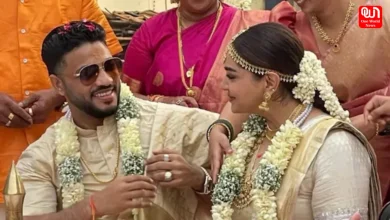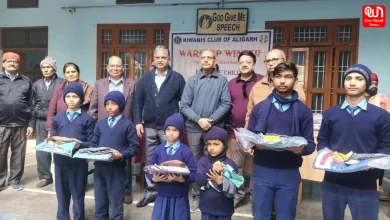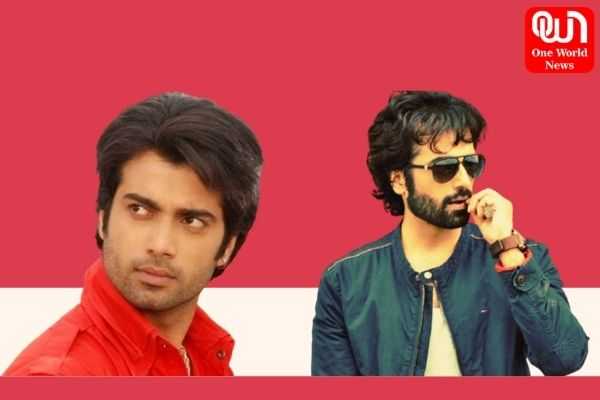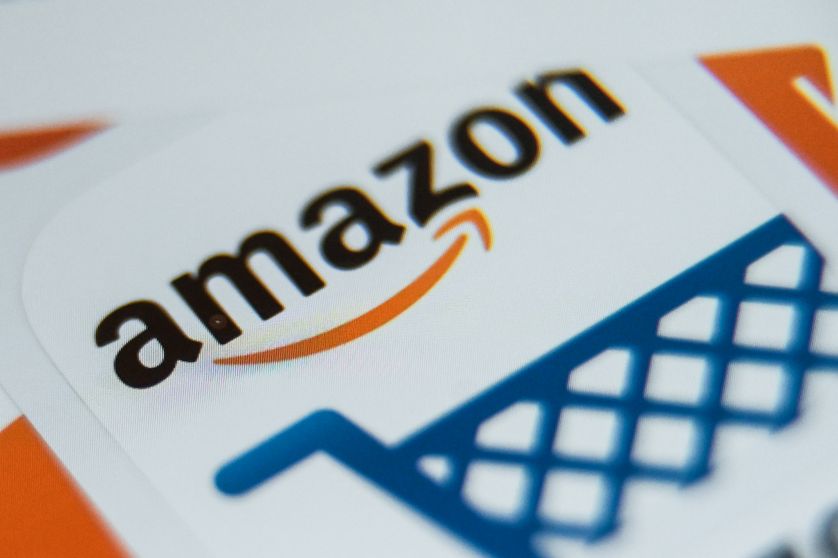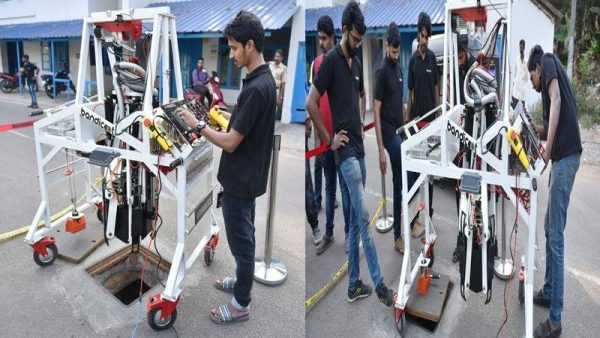1/60 gone, how has Modi performed?

It has been approximately one month since Narendra Damodardas Modi took oath as the 15th Prime Minister of independent India at an enthralling ceremony in Delhi’s Rashtrapati Bhawan. This is the first time since 1984 that a single party has gained majority in the lower house of Parliament. People have huge expectations from this government as their manifesto was laden with big plans. The BJP had promised several changes in the political and executive structure of the government to make it more appealing to the public. Following the ‘minimum government maximum governance’ mantra, Narendra Modi has made some significant changes in the administrative structure. Let us look at the first thirty days of our new Prime Minister without getting too critical, this is not an exegesis, just an overlook of the changes he has made.
Political-
The first major political decision that Narendra Modi as PM took was to abolish the 30 Group of Ministers (GoMs). The PMO commented, “This would expedite the process of decision-making and usher in greater accountability in the system”. In the process, he took the first step to accumulate more power on his own desk. Few days later, he took the decision to exclude ministers from having any say in high-level appointments in their respective ministries.

Picture Link : http://bit.ly/1mjC1sW
The PM also directed his ministers not to appoint any secretaries which were appointed by the previous UPA government. Narendra Modi is trying to make his administration much more efficient and stresses on the need for resolving people’s grievances much more efficiently. The former Gujarat Chief Minister also asked his ministers to chalk out a 100-day plan for their respective ministries. Meeting all the cabinet secretaries he stressed upon the fact that they should not hesitate while performing their duties and are free to share their grievances with the PMO and assured them that he will be available for any kind of advice that they needed. Cabinet Secretary Ajit Seth has sent them a note listing 11 directions to ensure ‘an improved work culture and work environment including hygiene and cleanliness of the work space’.
Modi also quit his Vadodra seat to represent Varanasi in the Parliament. On 4th of June he attended the Parliament as the PM for the first time; he gave a brief speech and got a thumping support from his colleagues. President Pranab Mukherjee in the joint-Parliament session also supported the government which lead to some critics saying that his points of notion were straight out of the BJP manifesto.
Economic-
Modi’s much talked about ‘Gujarat model’ according to him, is an ideal state where the economy has boomed making the life of citizens sustainable and quality of life much better. The first major economic reform by his government was the rise in prices of Rail fares by 14.2% and freight charges by 6.5%. This change was necessary according to many looking at the amount of subsidies the Government provides to the people. But, it also caught the eye of the opposition which saw it as a negative decision taken against public interest and some organizations took it to the streets to protest it. The decision in actuality was taken by the Railway minister during the UPA regime but was delayed because of electoral politics. Though, under the pressure of its ally the Shiv Sena, BJP government rolled back the decision on sub-urban journeys. Our government aims at improving speed and execution of plans along with upliftment of poor while developing all sectors to match the growth of China. The Modi government has also increased the import duty on sugar from 15% to 40%. “It is also planning to expand the basket of labour laws for which companies can use a unified compliance format from nine to sixteen, a move that will reduce reporting rigour” officials’ familiar with the matter said.

Picture Link : http://bit.ly/1pIMmkz
External Affairs-
Modi started out his term on a positive note when it came to External Affairs. He invited all the SAARC head of states, including Nawaz Sharif, Prime Minister of Pakistan. All the head of states attended the ceremony with the exception of Bangladeshi PM Sheikh Hasina who had a pre-planned state visit to Japan, she sent a representative from her government to attend the event. The new PM’s first international state visit was to Bhutan. Terming Prime Minister Narendra Modi’s recent visit to Bhutan as most successful, his Bhutanese counterpart Tshering Tobgay has said “it (Modi’s visit) helped to renew and strengthen the traditional bonds of friendship and understanding between the two nations.” His visit to Japan which was planned for next month but has been postponed till the end of the budget session; the PM also accepted the invitation to go to the United States this September after an invitation from the US Congress. Modi has chosen Hindi as the official language to discuss issues with other head of states. To improve the diplomatic ties, the Government has proposed to grant visa-free entry to citizens of Bangladesh who are under the age of 18 and above the age of 65 years.

Picture Link : http://bit.ly/1qk2M0u
Defence-
India showed its power to its counterparts when our PM visited Panaji to sail on the aircraft carrier INS Vikramaditya with a displacement of 45,400 tonnes it is one of the largest aircraft carriers in the world.

Picture Link : http://bit.ly/1rWDKUr
Social-
Narendra Modi was popular even before he was chosen as the PM candidate of BJP last year. When he won the elections and became the PM his popularity sky rocketed on the social scene. His PMO page on Facebook got more than 1.1 million likes within 4-days of its inception; the number currently stands at 3.1 million. Modi also became the 4th highest ‘followed’ leader on the micro-blogging site Twitter taking over The White House with a total of approximately 5 million followers at present.
Have a news story, an interesting write-up or simply a suggestion? Write to us at info@oneworldnews.in



